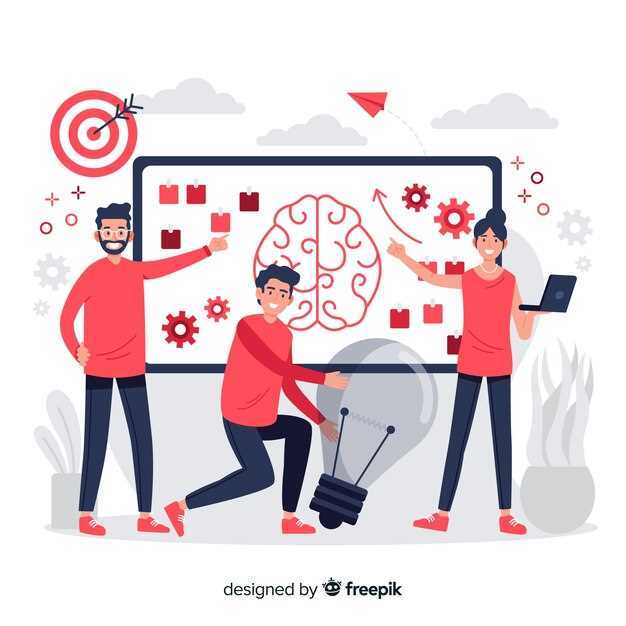
In the realm of competitive sports, the ability to maintain exceptional track awareness is often the distinguishing factor between victory and defeat. Athletes, much like a skilled driver navigating a complex racetrack, must harness their vision to interpret dynamic environments quickly and accurately. Vision not only entails what is seen but also how information is processed and utilized to make split-second decisions that can significantly impact performance outcomes.
Effective vision techniques play a crucial role in enhancing an athlete’s situational awareness, allowing them to anticipate movements, assess distances, and recognize potential obstacles. Just as a driver relies on a combination of peripheral vision and focused sight to safely maneuver around a course, athletes must develop similar skills to manage their surroundings effectively. Training in vision techniques can lead to improved reaction times and strategic thinking, both essential components in high-stakes scenarios.
In this article, we will explore various vision training methods designed to bolster track awareness across different sports. From visual scanning exercises to depth perception drills, these techniques aim to refine an athlete’s ability to observe, interpret, and respond to the ever-changing conditions they face, ultimately elevating their performance to new heights.
Utilizing Peripheral Vision for Better Track Assessment

The ability to leverage peripheral vision is crucial for drivers seeking enhanced track awareness in sports. Peripheral vision enables athletes to monitor their surroundings while maintaining focus on primary objectives. This is particularly vital in high-speed environments where quick decision-making can significantly impact performance and safety.
Drivers can benefit from training exercises designed to improve their peripheral awareness. By engaging in specific drills that emphasize wide-field observation, they can learn to detect changes in track conditions, competitor positions, and potential hazards without losing focus on the racing line. This multifaceted approach allows for more effective and timely reactions to unexpected situations.
Furthermore, incorporating visual scanning techniques into training regimens can enhance athletes’ capabilities. For instance, practicing techniques that involve shifting gaze while maintaining situational awareness can help drivers better interpret visual cues from the track and surrounding context. Developing these skills leads to refined judgment and improved overall driving performance.
Ultimately, mastering the use of peripheral vision not only aids in track assessment but also helps reduce reaction times when faced with rapidly changing scenarios. By honing this essential skill, drivers can maintain a competitive edge, showcasing their ability to navigate complex environments with agility and precision.
Training Strategies for Optimizing Depth Perception in Racing
Optimizing depth perception is crucial for drivers in racing environments, as it allows them to gauge distances, speed, and the positioning of other vehicles effectively. Various training strategies can enhance this vital aspect of vision.
One effective approach involves the use of simulators. Advanced racing simulators can replicate real-world driving conditions, allowing drivers to practice recognizing distances and the spatial relationships of objects on the track. By engaging in simulated scenarios, drivers can strengthen their visual processing skills and improve their reaction times.
Another strategy is to incorporate specialized visual exercises that focus on depth cues. These exercises can include activities that require drivers to identify objects at varying distances, thus training their eyes to adjust focus quickly. For instance, utilizing stereograms or engaging in activities that involve spotting targets in a three-dimensional space can significantly enhance depth perception.
Additionally, on-track training sessions should emphasize the importance of scanning the environment effectively. Drivers should practice looking further ahead while driving, allowing them to anticipate changes in the track layout or the movements of other racers. This technique not only sharpens depth perception but also enhances overall situational awareness.
Moreover, using peripheral vision drills can contribute to improved depth perception. Drivers can train themselves to notice more of their surroundings by focusing on bringing awareness to their peripheral vision. This can be achieved through exercises that involve tracking multiple objects or movements simultaneously.
Lastly, collaboration with vision specialists can provide tailored training programs that focus on strengthening depth perception. Comprehensive assessments can help identify specific areas of improvement and lead to personalized strategies, which can greatly benefit drivers in their ability to perceive distance and spatial orientation on the track.
Implementing Visual Cues to Improve Reaction Times on the Track

In competitive sports, especially in motorsports, the ability of a driver to react swiftly can significantly influence performance outcomes. Enhancing vision through the strategic use of visual cues can play a pivotal role in improving reaction times on the track. These cues serve as critical indicators that help drivers anticipate and respond rapidly to changing conditions.
One effective method is the installation of colored markers along the track. For instance, using bright, contrasting colors at critical points can draw a driver’s attention and provide a visual reminder of important maneuvers, such as braking or acceleration zones. This method not only improves awareness but also reinforces a driver’s spatial understanding of the track layout.
Another approach involves the use of digital displays or LED lights positioned strategically around the track. These systems can signal upcoming turns, obstacles, or safety conditions. For example, a flashing light that indicates the need to slow down can cue a driver to adjust their speed promptly, thus enhancing their overall reaction time.
Incorporating visual cues within the driver’s cockpit can also be beneficial. Heads-up displays (HUDs) can provide real-time data while keeping the driver focused on the track. Information such as speed, lap time, and track status can be presented in a way that is easily digestible, allowing drivers to make informed decisions quickly.
Furthermore, training sessions that emphasize the recognition and interpretation of visual cues can condition drivers to improve their anticipatory responses. Repetitive practice not only builds muscle memory but also enhances the speed at which visual information is processed, thus shortening reaction times during actual races.
Overall, the implementation of visual cues tailored to enhance a driver’s vision can lead to substantial improvements in reaction times on the track. By integrating these strategies into training and competitive environments, drivers can gain a crucial edge, translating visual information into decisive action.



